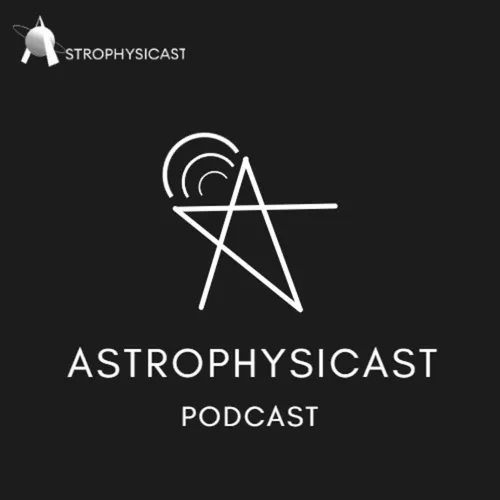
ASTROPHYSICAST
Podcast created for Astro-lovers and for all those who want to know about the cosmos, about the universe and above all about our existence. Hosted by Rohit Agrawal and created by Team ASTROPHYSICAST.
EMAIL: [email protected]
INSTAGRAM: @astrophysicast
LinkedIn: ASTROPHYSICAST
- Update frequency
- every 8 days
- Average duration
- 15 minutes
- Episodes
- 66
- Years Active
- 2020 - 2022

Earth Sized Planets

Kepler Space Telescope
NASA's Kepler Space Telescope was an observatory in space dedicated to finding planets outside our solar system, with a particular focus on finding planets that might resemble Earth.

Curosity Rover
NASA's Curiosity rover is currently roaming Mars' landscape looking for signs of life and learning about the Red Planet's unique environment.
Curiosity has four main science goals:
Determine whether …

Remote Sensing
Remote sensing is the acquiring of information from a distance. NASA observes Earth and other planetary bodies via remote sensors on satellites and aircraft that detect and record reflected or emitte…

Quasars
Quasars are distant objects powered by black holes a billion times as massive as our sun, Shining so brightly that they eclipse the ancient galaxies that contain them. These powerful dynamos have fas…

Asteroids
Asteroids are rocky objects revolving around the sun that are too small to be called planets. They are also known as planetoids or minor planets. There are millions of asteroids, ranging in size from…

Comet
Comets are cosmic snowballs of frozen gases, rock, and dust that orbit the Sun. When frozen, they are the size of a small town. When a comet's orbit brings it close to the Sun, it heats up and spews …

Large Scale Structures of the Universe

Astrophysical Fluid Dynamics

Supernovae Physics
The sky above us is strewn with alluringly beautiful remnants of ancient supernovae, that is, stars that lived out their lives and then died in these violent explosions. A supernova is a name given t…

Cosmic Inflation
The universe developed from a tiny speck (hypothetically containing the entirety of space) into something much, much bigger. Cosmic inflation explains how this occurred uniformly in spite of the rapi…

Gravitational Physics
Gravity is one of the universe's fundamental forces and dominates every moment of our conscious experience. It keeps us close to the ground, drags baseballs and basketballs out of the air and gives o…

Optical Astronomy
Optical astronomy refers to an area of astronomy where astronomers observe and analyze light from the Universe that falls within the wavelength range that the human eye is sensitive to, using telesco…

Nebula
A nebula is a giant cloud of dust and gas in space. Nebulae exist in the space between the stars—also known as interstellar space. The closest known nebula to Earth is called the Helix Nebula.

Cosmological Models
A cosmological model is a mathematical description of the Universe that attempts to explain its current behaviour and evolution over time. Cosmological models are based on direct observations.

General and Special Relativity
Relativity is the notion that the laws of physics are the same everywhere. We here on Earth obey the same laws of light and gravity as someone in a far-off corner of the universe.

Astroparticle Physics
Astroparticle physics looks at the most basic building blocks in nature to learn more about how they work. By studying particles from the universe we can learn more about how it was formed and hopefu…

Physical & Quantum Cosmology
Physical cosmology, as a branch of astronomy, is the study of the largest-scale structures and dynamics of the universe and is concerned with fundamental questions about its formation and evolution.
…

Stellar Dynamics
Stellar dynamics is the branch of astrophysics which describes the collective motions of stars subject to their mutual gravity in a statistical way. That is, it describes systems of many point mass p…